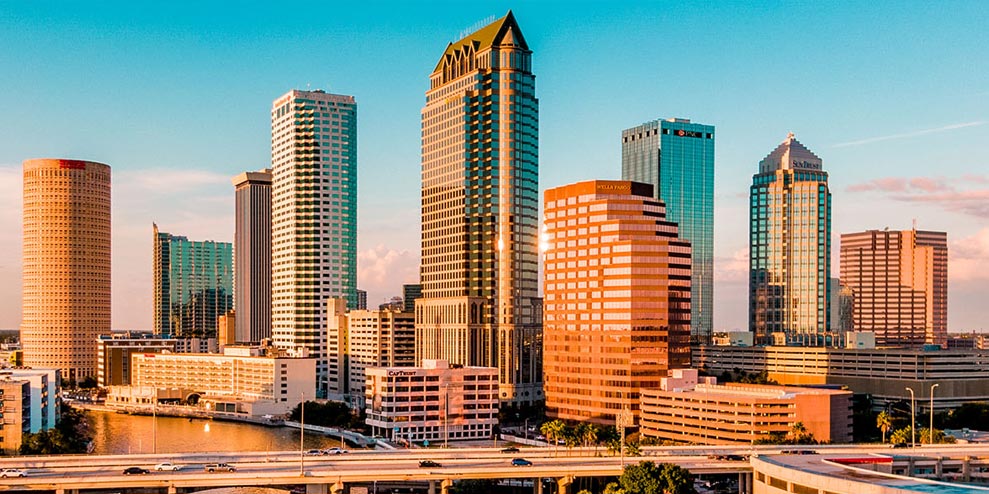The rapid growth of smart cities brings with it new concerns and corresponding solutions. Leaders from across industries came together at CES 2020 to discuss the potential and risks of building smart cities.
1. Smart city designs should be inclusive and equitable for citizens.
For example, mobile navigation systems that help those who are visually impaired navigate the London subway system using Bluetooth.
“If technology does not serve us and amplify our lives, then obviously we are not doing our jobs,” said Omar Khan, of Magic Leap, an augmented reality startup.
WATCH THE FULL THE REALITY OF SMART CITY DEVELOPMENT PANEL
2. Intertwining new technologies with established — and even sometimes crumbling — infrastructures can offer renewable solutions for smarter futures.
Cities need to find a way to pool resources and fund the needs for city renovation, which can be identified through tech advances such as AI and 5G.
As an example, Karen Lightman, executive director of Metro21 – Smart Cities Institute of Carnegie Mellon University, said, “We’re using artificial intelligence as a way of predicting the likelihood of landslides so that investments can be made in infrastructures.”
WATCH THE FULL BLENDING NEW TECH AND AGING INFRASTRUCTURE IN SMART CITIES PANEL.
3. Public safety needs to be a priority for smart city innovation.
From detecting health issues for first responders to keeping communication open with the public during emergencies, improved technologies can help smart cities put their citizens first.
“How are cities thinking about what public safety could do with the technologies developed for general use, but that could be leveraged to reduce response times, increase safety and decrease fatalities?” said Dr. Jennifer Harder, senior director for product, First Responder Network Authority (FirstNet).
WATCH THE FULL NETWORK INFRASTRUCTURE IS KEY TO SMART CITIES PANEL.
4. City officials need to have a data-centric view of cybersecurity and develop multifaceted security solutions.
As cities become smarter and more connected, they are also becoming more vulnerable to cyberattack.
“We don’t want to waste time. We love those gadgets that make life easier and more efficient,” said Ami Dotan, CEO of Karamba Security. “But connectivity comes with a huge risk.”
WATCH THE FULL TOP SECURITY TRENDS IN SMART CITIES PANEL.
5. Governments must set distinct goals for their private partners to further develop innovative smart cities solutions.
Nonprofit organizations can also play a role in mediating between public and private sectors and attracting attention to prominent issues.
“We really have been extraordinarily successful in having those individualized [goals]across various cities and agencies, because not everyone is going to need the same thing,” said Prashanthi Raman, director of public policy at Lyft.
WATCH THE FULL PUBLIC-PRIVATE PARTNERSHIPS TO CREATE SMART CITIES PANEL.
–
This article first appeared in www.ces.tech
Seeking to build and grow your brand using the force of consumer insight, strategic foresight, creative disruption and technology prowess? Talk to us at +9714 3867728 or mail: info@groupisd.com or visit www.groupisd.com



